Artillery of the conqueror of Europe
merged into a drawn-out howl ...
M. Yu. Lermontov. Borodino
Weapon from museums. Date August 26 (September 7) 1812 in stories Russia is of particular importance. Then, on the Borodino field, two armies, the Russian and the French, clashed, and the French were commanded by the Emperor Napoleon himself. He was in command, yes ... However, he did not achieve a decisive victory in this battle, although our Kutuzov did not achieve it either. But in history, the Battle of Borodino is called the bloodiest one-day battle. This is not surprising, given the number of participants, the density of their formation on a relatively small piece of land and the presence of more than 1000 guns on both sides, which showered opponents with cannonballs, grenades and buckshot.
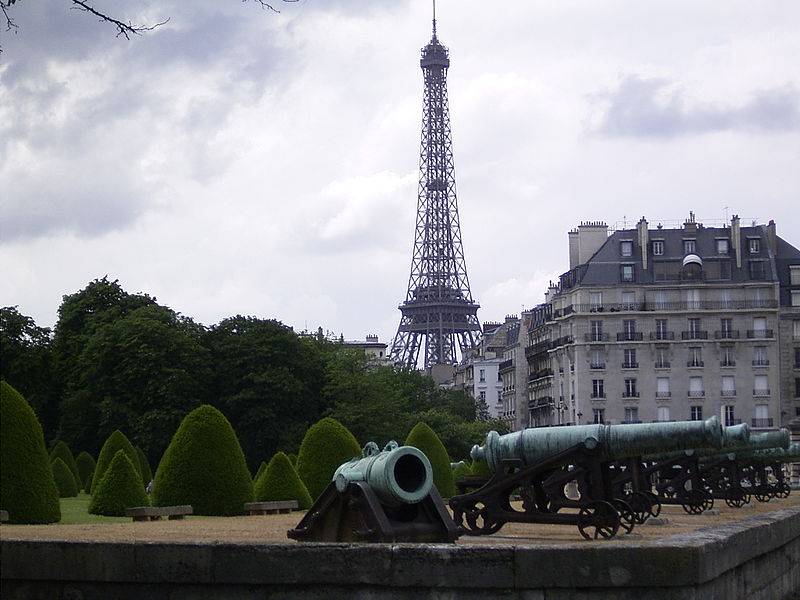
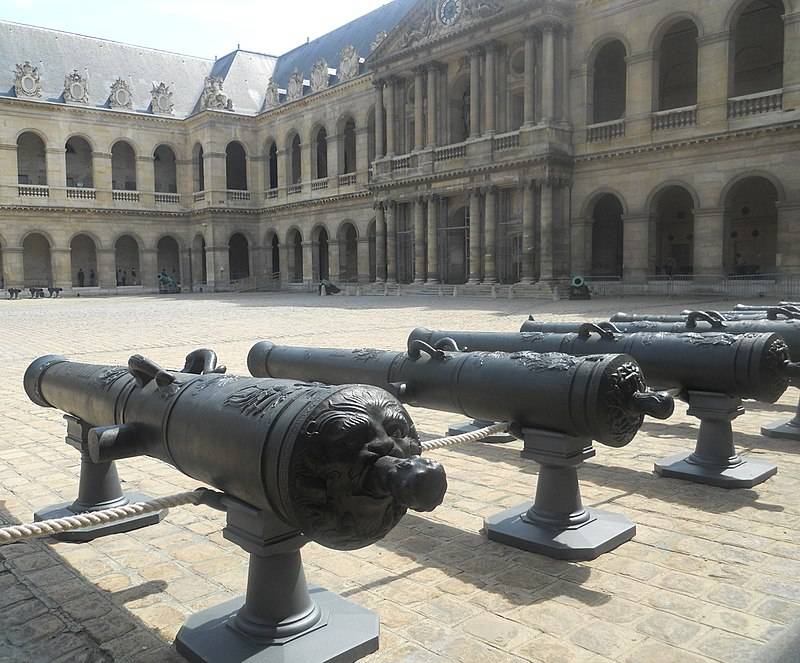
But what was the French artillery like in the era of Napoleon, who, as we know, began his career as an artillery officer and skillfully used artillery in all battles? And today, just today, we will try to get to know her in detail, and for this we will visit the Paris Army Museum, which is located in the building of the House of Invalids, in the church of which Napoleon himself is buried. There is something to see. The cannons stand in front of him, along the perimeter of the courtyard and in the interior. And the most different. Starting from wrought iron bombards to the weapons of Napoleon of interest to us. However, we will have to begin our story about the artillery of France of the era of the wars of the Emperor Napoleon from 1732, when, on the initiative of General Florent de Vallière, an artillery reform was carried out in the French army and the cannons of one single system were adopted. And it was a generally progressive undertaking, if not for one "but".
The fact is that he based his decisions on the experience of past wars. And then the main form of hostilities was the siege of fortresses. Therefore, de Vallière focused on the creation of powerful and long-range guns, which required, however, a lot of gunpowder and had a lot of weight. It is clear that such guns were not suitable for field battles. And again he thought about saving money, demanded that the gunners shoot "rarely, but accurately", which is why he refused to use caps with gunpowder. So the servants, with his guns, as before, began to fill the gunpowder into the barrels with the help of a shuffle - a special scoop with a long handle.
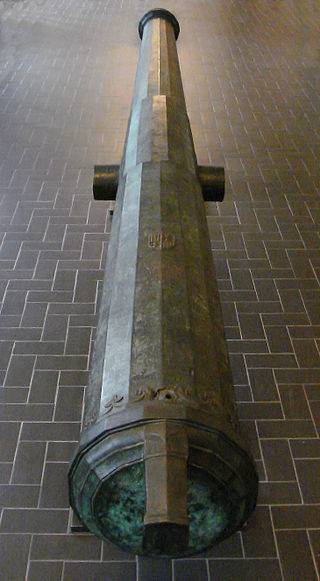

Soon, the shortcomings of the Vallière cannons were obvious to everyone, and already in the 40s of the XVIII century. first, the Prussians and then the Austrians began to introduce light and maneuverable weapons into their armies, which were effective primarily on the battlefield. And it was here that a new artillery system, taking into account all new circumstances, was created by General Jean-Baptiste Vauquette de Griboval (1715-1789), who underwent an internship first in the Prussian and then in the Austrian troops. As a result, he created an artillery system that outlived him and existed in France even in the second half of the 1765th century. They introduced it in 1774, then again returned to the old one, but not for long, because already in XNUMX Griboval's system finally triumphed.

First of all, Griboval reduced the number of field gun calibers, leaving only three: 12 pounds, 8 and 4 pounds, and one 165,7 mm howitzer. All barrels were cast from cannon bronze and had one single appearance, differing only in size. But the uniformity of gun carriages, wheels and carriages, limbers and charging boxes was also introduced. Now a wheel made in the south of France could easily replace a wheel made in Paris and vice versa! It is clear that such standardization and unification was of great importance for the army.


Griboval also reduced the previous ratio of the barrel weight to the weight of field cannon shells, which, in turn, reduced their weight and the consumption of bronze for their production. The length of their barrels was also reduced, which increased the savings in metal. The powder charge was also reduced, and this resulted in significant gunpowder savings. True, this reduced the range of the guns and negatively affected the accuracy of fire. But all these shortcomings were offset by the sharply increased mobility of the guns and the increased convenience of their operation. After all, a short barrel is both a short and lighter bannik, which is much more convenient to work with than a long and heavy one. Less barrel weight means less weight for the gun carriage. And the introduction of iron axles and cast-iron wheel bushings significantly increased their strength, which was important, since the guns did not operate on the highway ...
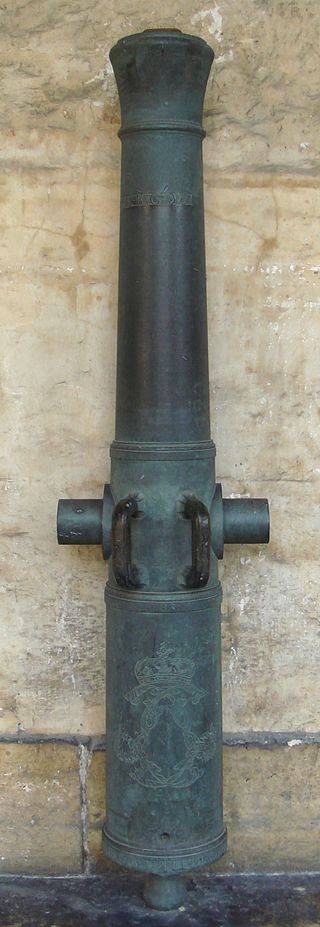
Gunpowder again began to fill in dosed caps. The cores were attached with metal bands to a wooden pallet - a spiegel, which, in turn, was connected to a cap. Such an "assembly", similar to a modern unitary cartridge, only without a primer, turned out to be very convenient to load and ... transport in the charging boxes developed by Griboval. Griboval placed the canister in cans with an iron tray, which increased both the range and the accuracy of the canister shot. Card bullets began to be made of forged iron, and before that they were lead. And, by the way, it was from the French grapeshot after the campaigns of 1805-1807. Russian buckshot was also copied.
This increased their penetrating power, plus they began to ricochet off solid ground, and this increased both the range and the effectiveness of grape-shot fire! For precise aiming of guns on the trunks, they began to make flies, put sights on them, and the lifting mechanism was improved. Firing range tables were prepared, calculated for different elevation angles of the barrel, and when using them, it became much easier for officers to give commands.
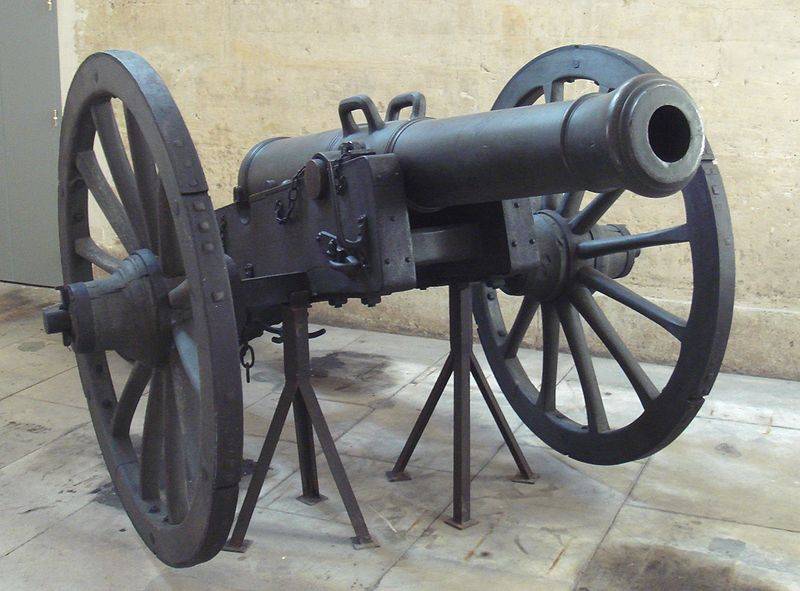
In addition to all this, Griboval also invented a "removal" - an original and very simple device in the form of a thick rope eight meters long, which was attached at one end to the front end, and the other to the ring of the gun carriage. Thanks to the "removal", it became possible to almost instantly transfer the gun from the traveling position to the combat position. While the horses were pulling the front end, the rope pulled and pulled the cannon with them. But as soon as the command "Stop!" Was given, the rope fell to the ground, and the cannon ... was ready to fire. Moreover, the length of the rope was such that it made it possible not to fear the rollback of the gun when fired. Naturally, such a simple but effective device was immediately adopted by the armies of all of Europe, although it was Griboval who invented it.
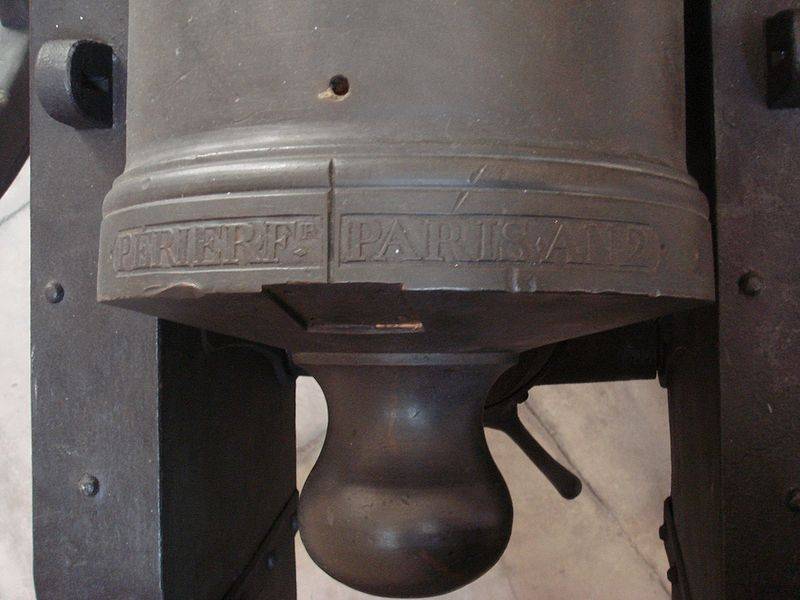
Finally, it was he who developed a new method for drilling the bore of barrels in a cast blank and on a special machine. Well, the practice of using Griboval's guns only confirmed their high combat qualities. They were used in the US War of Independence and during the French Revolution.
However, who said that good cannot be improved even more? So in France in December 1801, a commission was created, the purpose of which was to further improve the Griboval system. A year later, it was headed by Napoleon's personal adjutant, General Marmont - and it began! In a short time, a new artillery system was born, called the "System of the XI Year". Marmont, on the other hand, believed that the simpler the better the artillery, and therefore suggested replacing the 8-pound and 4-pound calibers with one 6-pound one, since it, they say, is lighter than the first, but more effective than the second, and the smaller the calibers, the better for the army, since makes it easier to supply and fabricate ammunition! He suggested making 12-pounders with short and long barrels. The first are field, the second is siege. At the same time, the "highlight" of the design of the 6-pounder Marmont cannons was that their caliber was slightly larger than that of the 6-pounder guns of the potential enemies of France. Thanks to this, the French could shoot from their cannons with their ammunition, but the enemy could not use French ammunition. In the new guns, the weight of the barrel has decreased even more, and at the same time - the allowable gap between the diameter of the barrel bore and the core. For 12-pounder siege guns, it decreased from 1,5 lines (3,37 mm) to 1 line (2,25 mm), which certainly increased the accuracy of fire. Instead of 22 types of wheels, only 10 were left, that is, the rationalization was very noticeable. And although there were some shortcomings in Marmont's system, on the whole it turned out to be clearly more successful than Griboval's system. If not for one very big "but". This "but" was ... the war that began in 1803, which later became virtually continuous. And France needed a lot of guns at once. But purely technically, it was simply impossible to transfer the barrels of some guns to others, as well as to remake the limbs from one charge to another.
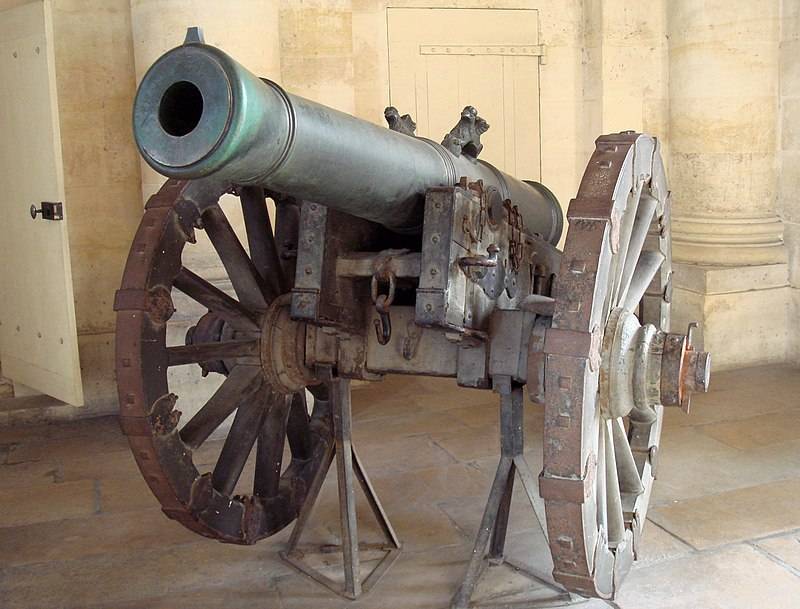
And instead of simplifying the caliber system, the army received its complication, because 4-pounder guns were added to the old 8- and 6-pounders, since it was decided to gradually replace the old guns with new ones.
I had to indulge in tricks, for example, to send only Griboval's cannons to Spain, where they were also used, but against the Germans, Austrians and Russians to use the new Marmont 6-pound guns, since those also had exactly six-pound guns. All this together led to certain difficulties with the supply. However, they were not critical for the army.
It is known that the French artillery was distinguished by a high rate of fire, which indicates its good coherence and training. It is known that Napoleon's gunners could fire up to 5-7 rounds per minute during exercises, but in real combat, as a rule, the rate of fire was no more than 2-4 rounds per minute in almost all armies of that time. For example, the heating of the barrel strongly influenced the rate of fire. Of course, it could be doused with water (best of all with the addition of vinegar, since such water cooled more quickly), but not always a river flowed near the artillery positions or there was a lake. Well, the amount of water that was supposed to be for the weapon according to the state should have been carefully saved to wet the bathhouse. And this was more important than wasting water on pouring over the heated barrel, because the barrel was cleaned with a bannik, and if there were smoldering scraps of a cap in it, the wet bannik extinguished them. Therefore, the guns in battle periodically stopped firing, and their crews waited until they naturally cool down properly.
It is true that they fired grapeshot more often, and all because the grape-casts were not so carefully hammered into the barrel, and a particularly accurate aiming was not required when shooting almost point-blank. Therefore, 3-4 rounds per minute was normal. And the howitzers were the slowest, and all because the grenades were placed in their trunks separately from the cap, and at the same time it was necessary to look so that the ignition tube looked in the direction of the flight, that is, the loading process was slowed down by both purely technical and human factors. So one or two rounds per minute for the howitzer was the limit.

As for the range of Napoleon's guns, it was almost four kilometers for 12-pounder guns at an elevation angle of about 45 °! It seems to be an excellent indicator, but no one really shot at such distances. I did not even think about it, since the gun carriages of those years were arranged in such a way that they did not have elevation angles greater than 6-8 °. Although, on the other hand, small elevation angles when the nucleus hit solid ground allowed it to ricochet, and the number of ricochets could reach 2-3 or even more.
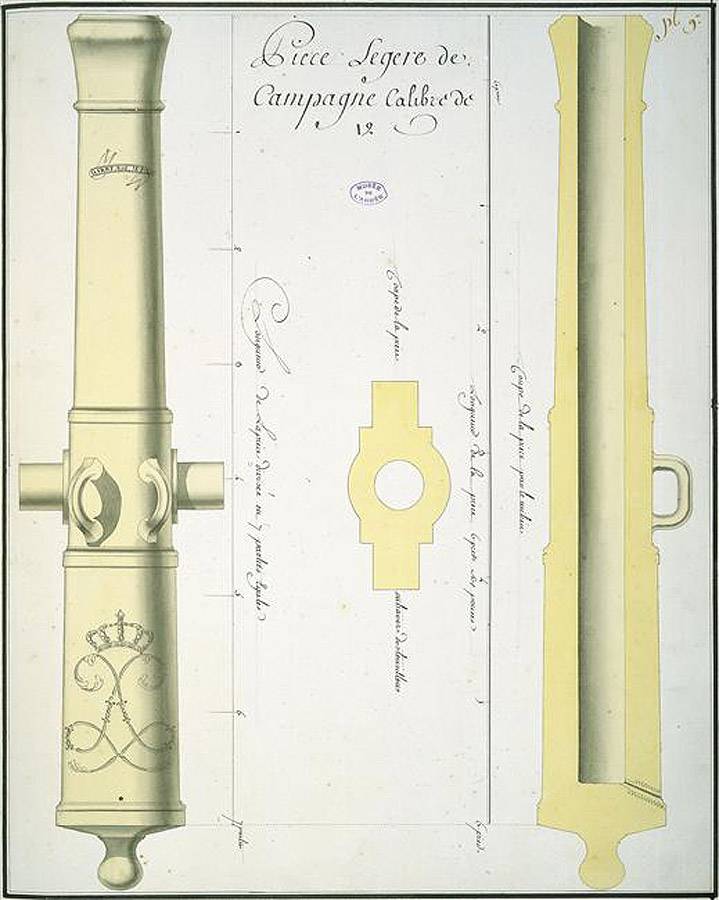
As a result, it could well be that the core, having flown only 300 m, then ricocheted several times and flew already 1680 m! At the same time, the lethal force of the nuclei when hitting a live target was lost insignificantly and only at very large distances was weakened so much that it could no longer inflict injuries and injuries incompatible with life. So, for example, it is known that Nadezhda Durova, a well-known cavalry girl in the battle of Borodino, an orderly of the Uhlan at Kutuzov's headquarters, was concussed by a cannonball that apparently hit her leg with a ricochet. She writes that the leg was all crimson and was in severe pain, so that she limped, but could still walk. Kutuzov noticed this and, having learned the reason, gave her leave for treatment. Fortunately for her, this concussion had no consequences.
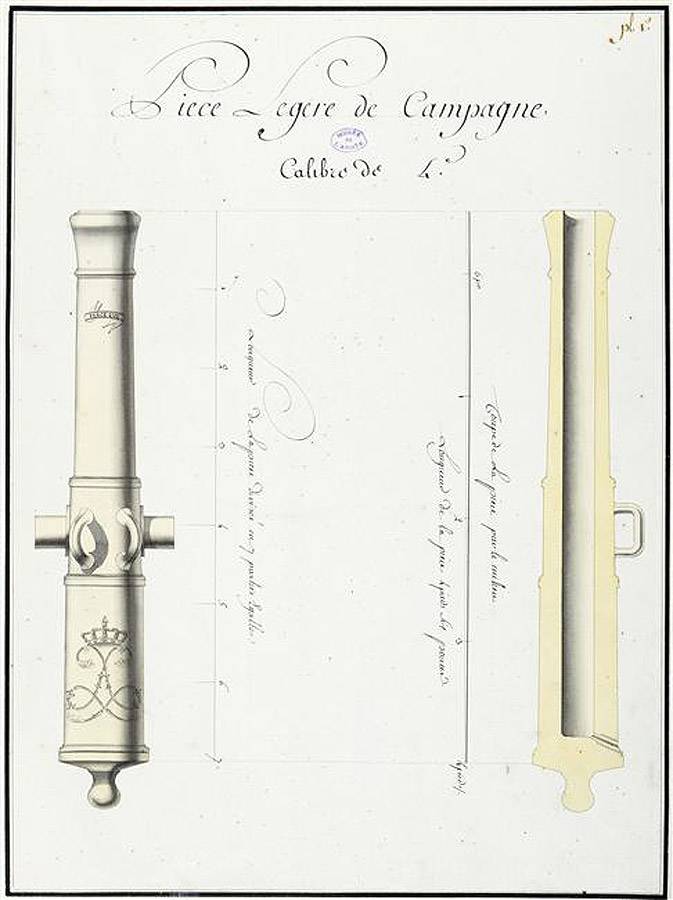
And this is quite surprising, since the impact force of the cast iron cores was very high. Thus, a 12-pound core of a French field gun from a distance of 500 m pierced an earthen parapet two meters thick or a brick wall 0,4 m thick, which also corresponds to ... 36 soldiers, placed one after another. And since at that time the infantry formations were distinguished by a high density (Napoleon himself said that God was on the side of large battalions), it is hardly surprising that almost every shot towards the same square of infantry or along the lines of cavalry going into the attack found its victims ...
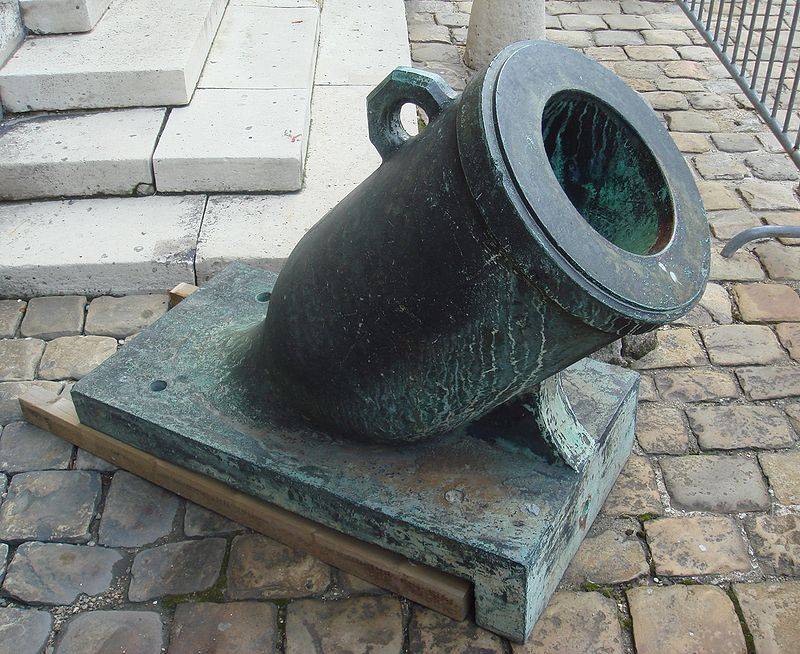
Experiments carried out at that time also showed the high efficiency of canister fire. There is also a known case from combat practice, when a 24-pounder shot at an attacking French convoy immediately killed 44 people, killed and wounded by this one shot, and 17 of them died immediately.
The grenades also caused considerable damage. True, the scattering range of their fragments averaged about 20 m, but individual large pieces of it scattered 150-200 m, while each grenade produced from 25 to 50 fragments during an explosion. The explosions frightened the horses, which mattered when firing at the enemy's cavalry. Although such a case is also known, all with the same Nadezhda Durova, when an enemy grenade exploded under the belly of her horse during a horse attack. Although she heard the whistle of shrapnel, none of them touched her or her horse. So, on the battlefields of the Napoleonic wars, artillery played just a very important role.
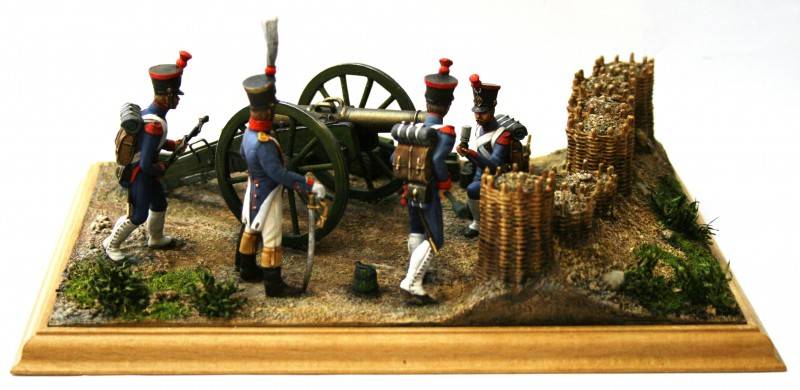
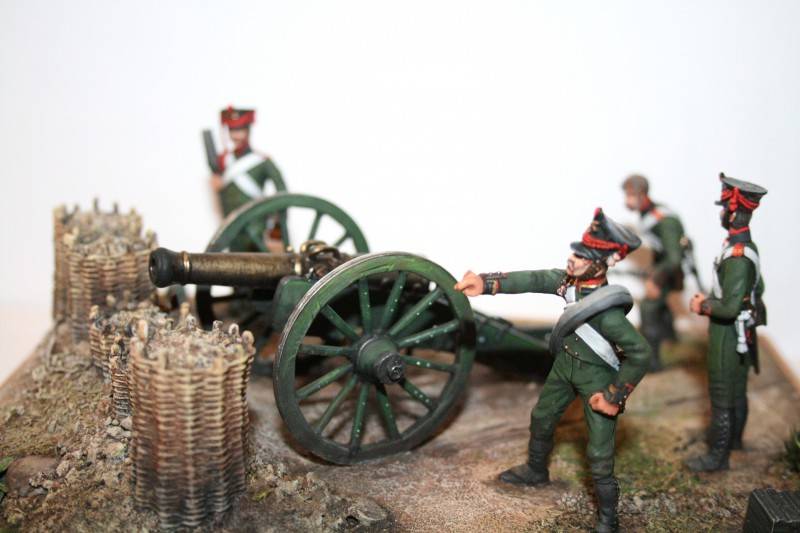
Note that the requirement for artillery mobility at that time was constantly increasing, which led to the creation of special horse artillery, which appeared in the French army later than others, and explosive grenades began to play an even more important role, which led to an increase in the number of howitzers. The division's horse artillery company consisted of four 8-pounder guns and 2 6-inch howitzers. A company of foot artillery consists of two 12-pounders, two eight- or four-pounds, and two howitzers. An important role was also played by the establishment by Napoleon of the Furshtat battalions, which took place in 1800 and canceled the supply of horses and drivers for guns by private contractors. Not being soldiers, these people often fled at the very first shots, but in case of victory, they were the first to rush to plunder. Now their place was taken by the Furshtat battalion, which consisted of five companies of artillerymen: one of the best for horse artillery, one for foot, and one each for service in the park, in the fortresses and in the reserve depot. Each soldier was supposed to look after two horses. At the same time, horses were purchased by the government and maintained at the expense of the treasury, like horses in the cavalry. But in peacetime, in order to reduce the cost of their maintenance ("How much is oats now?"), Only 1000 horses were left at the battalions, and all the rest of the horses were distributed to private individuals in the farm. Moreover, they had to return at the first request and in good condition.
The administration of the site and the author of the material express their gratitude to the company "Tin soldier.rf. on Yuzhnaya "for the provided photos of their dioramas.
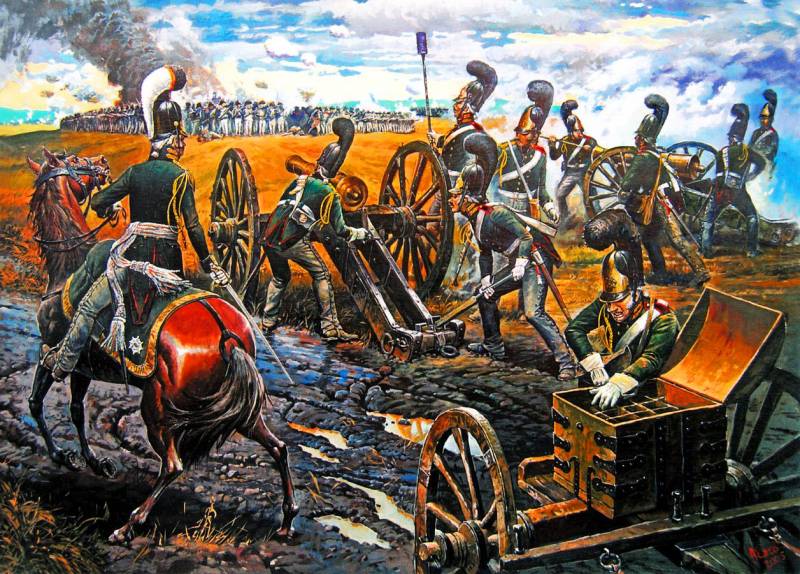
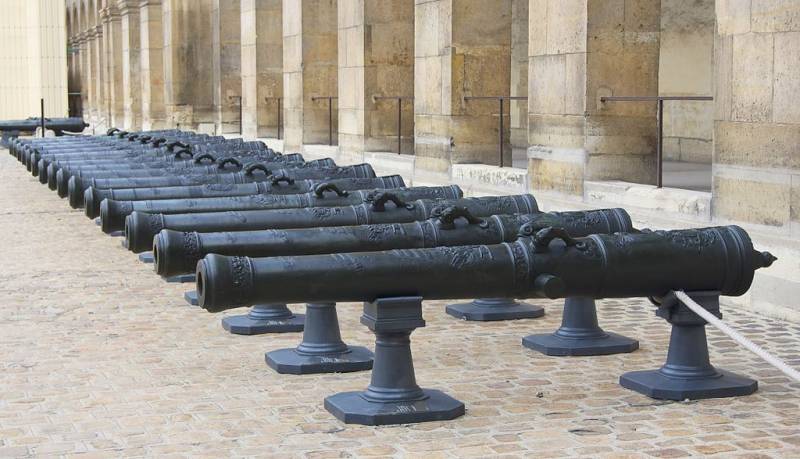

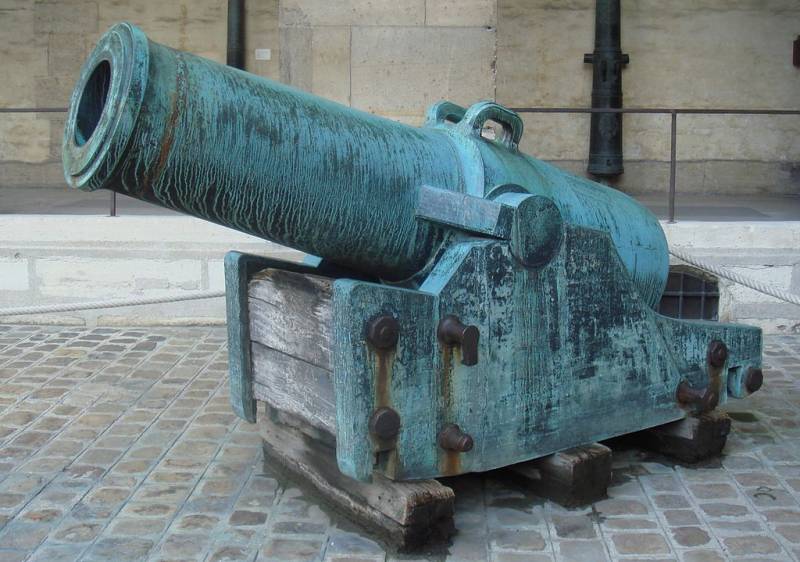
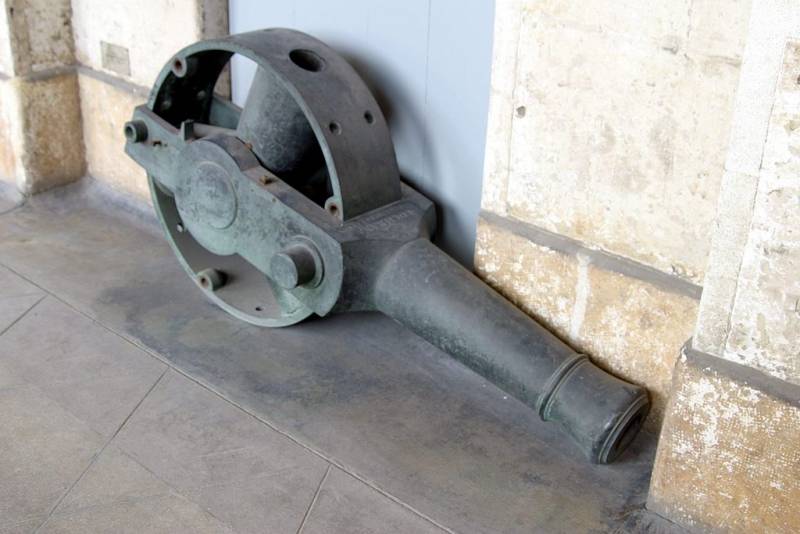
Information